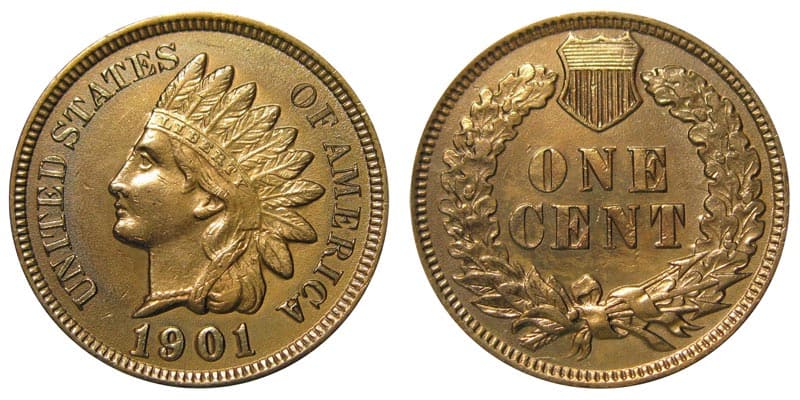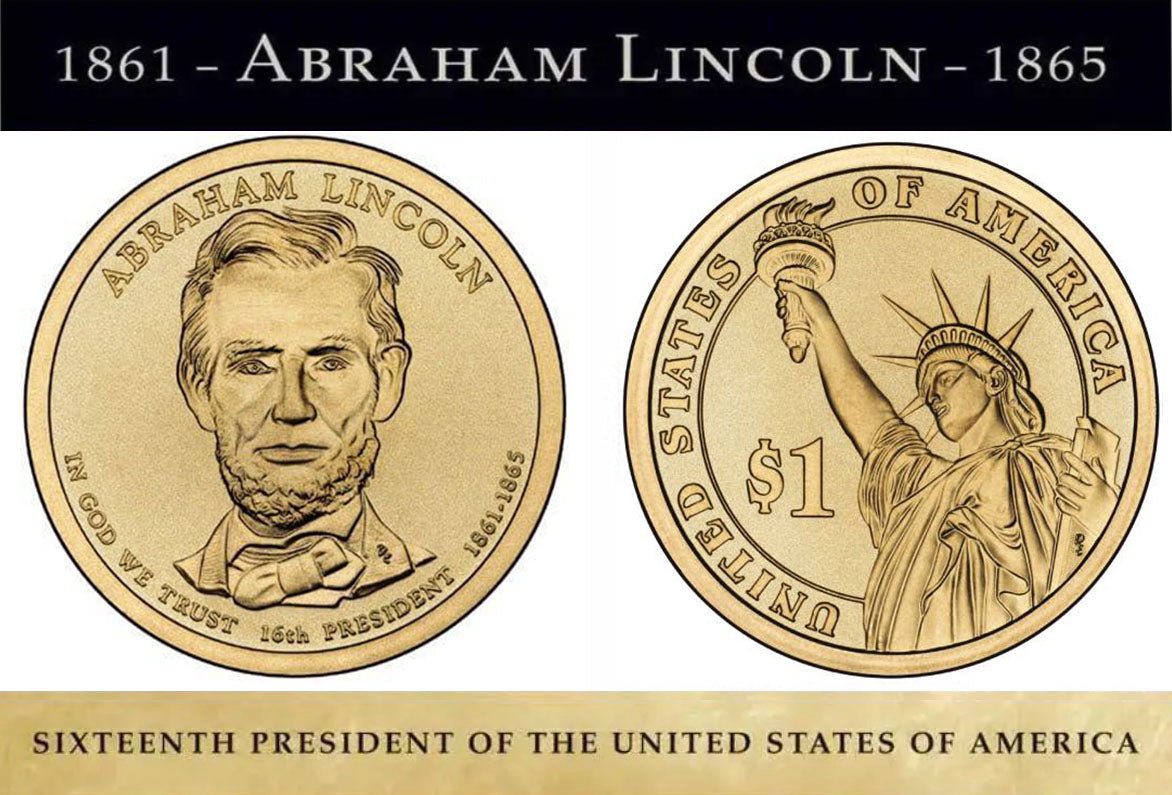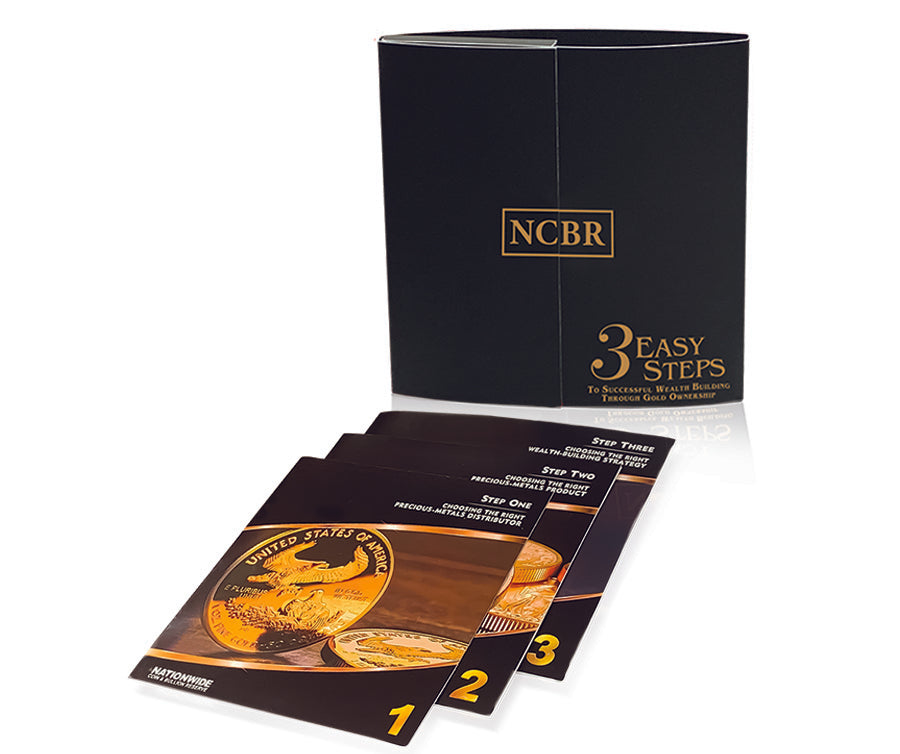Indian head pennies are some of the most widely collected and traded coins by numismatists. The age and elegant design make them a great entry-level collection piece for young enthusiasts, while some of the older coins are highly valuable and interesting to seasoned collectors.
HISTORY
From 1793 through 1857, pennies were quite a bit larger than they are today–approximately the size of a modern half-dollar. However, during the California gold rush, the price of copper became inflated and it was no longer financially feasible to produce a large coin. So, in 1859, the smaller Indian head penny was struck and lasted for 50 years through the end of 1909. In 1909, the Lincoln cent was created and has been the standard ever since.
DESIGN
In 1859 James Longacre, the Chief Engraver at the Philadelphia Mint, created the original design of the Indian head cent. Longacre designed the obverse side of the penny with the half silhouette of the “goddess Liberty” encircled by a wreath of feathers. In a letter to the mint director, Longacre argued that the native-style headdress was more apropos of American culture than other similar accouterments from the Old World. Many say that it gives respect and honor to the Native Americans who preceded the European settlers.
The reverse side of the coin features an oak wreath design that encircles the words “One Cent.” At the top of the oak wreath is a coat of arms akin to the presidential shield. At the bottom of the oak wreath, three broadhead arrows are attached to the wreath with a ribbon.
MARKET ANALYSIS
These coins are popular with collectors because of their historical significance and role in American history. The early years of production were characterized by massive social and civil unrest during the Civil War. The pennies do not contain any precious metals and therefore have no inherent value. They are made up of about 88% copper, but the value of these coins is above the melt value and is mainly derived from market demand. These coins’ value bottoms out at ~$4.50 per coin. However, values at the upper end can reach deep into the five-digit figure range for some rare error coins.
PRICING
As with nearly every other coin, the uncirculated versions of the Indian head penny garner a substantially higher price than their circulated counterparts. The scarcest Indian head pennies were minted around the Civil War, adding extra historical value.
However, the most valuable non-error penny is the 1877 Indian head which can fetch up to $900 in good, circulated condition. The uncirculated version can be worth up to five times more at about $4,500.
Error coins, of course, hold a special place in the hearts of many numismatists because they’re truly unique pieces. The year 1869 brought a handful of misprints when a double nine appeared on the penny date. With the right condition grade, this penny can sell for deep into the five-digit figure range–above $80,000. Some 1873 pennies have “Liberty” double stamped as well; the most expensive one sold at auction for $69,000 in 2005. Finally, the year 1888 had a few “8 over 7” misprints where the final “8” in the date was printed over a 7. This misprint has also been sold in the $70,000 range!
If you have any questions about the buffalo nickel series, don’t hesitate to contact our experts for further information about these fascinating coins.
**Prices stated in this article are subjective and not intended to project actual value. All coin prices are dependent on several factors including and notwithstanding, condition, demand and availability, just to mention a few.
Real Time Precious Metals Data Below







